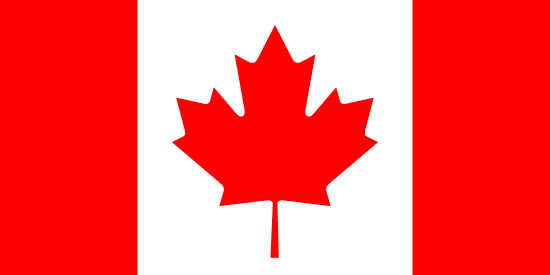"Munit Haec et Altera Vincit | One Defends and the Other Conquers"
About:
Nova Scotia, a Canadian province, was first inhabited by the Mi'kmaq people. In 1605, French settlers established Port Royal, North America's first European settlement. The 1713 Treaty of Utrecht gave Britain control, leading to significant Scottish immigration. The province was a key battleground in the American Revolution and War of 1812. It joined the Canadian Confederation in 1867. Nova Scotia's economy evolved from shipbuilding and fishing to include manufacturing and services. Today, it's known for its natural beauty and vibrant cultural heritage.
When to visit:
Nova Scotia, located on the east coast of Canada, experiences four distinct seasons throughout the year. The best time to visit Nova Scotia for a holiday would be during the summer months of June to August when the weather is warm and pleasant, making it ideal for outdoor activities such as hiking, whale watching, and exploring the picturesque coastal towns. Fall is another popular time to visit Nova Scotia, especially during the months of September and October when the foliage turns vibrant shades of red, orange, and yellow, creating a stunning backdrop for scenic drives and outdoor adventures. Winter in Nova Scotia can be cold and snowy, but it offers unique opportunities for winter sports enthusiasts such as skiing, snowshoeing, and ice skating.
When to avoid:
The worst time to travel to Nova Scotia on a holiday is during the winter months, particularly from December to March. This period is characterized by cold temperatures, heavy snowfall, and icy conditions, making travel challenging and outdoor activities limited. Many tourist attractions and accommodations may also be closed during this time, further reducing the appeal of visiting Nova Scotia during the winter. Travelers seeking a more enjoyable experience are advised to plan their visit during the warmer months of May to October when the weather is more favorable for exploring the region.
"Winter Season (Dec–Feb)"
In Nova Scotia, the coldest part of the year is from December to February. Average temperatures range from -2°C to -10°C, with frequent snowfall accumulating up to 100 inches annually. Days are short with about 8 hours of daylight, often overcast, giving a sense of perpetual twilight. Rainfall is less, around 100-120mm, as most of the precipitation falls as snow. An average day for a visitor might involve bundling up against the chill, enjoying winter activities like skiing or snowshoeing, and cozying up by a fire in the evenings.
"Summer (June-August)"
In Nova Scotia, the warmest part of the year is during the summer months, typically from June to August. During this period, the average high temperatures range from 20°C to 25°C (68°F to 77°F), while the average low temperatures range from 12°C to 16°C (54°F to 61°F).
Rainfall during the summer months is moderate, with an average of 80-100mm per month. The region experiences an average of 7-8 hours of sunlight per day, with June being the sunniest month. The relative humidity is usually around 80%, making the air feel quite moist but not overwhelmingly so.
As for cloudiness, summer days in Nova Scotia tend to be partly cloudy, with clear or mostly clear conditions about one-third of the time. However, it's also not uncommon to experience periods of overcast or mostly cloudy conditions.
For a visitor, a typical summer day in Nova Scotia feels pleasantly warm, ideal for outdoor activities. The mornings often start with a slight chill, gradually warming up as the day progresses. There's usually a gentle breeze coming from the ocean, adding to the overall comfortable climate. The air is a bit humid but not to the point of discomfort. Despite the occasional cloud cover, there's usually enough sunshine to make the day feel bright and inviting.
Language:
English is the predominant language spoken in Nova Scotia, a province in eastern Canada. However, there is also a significant Francophone community, primarily in the Acadian regions, where French is commonly spoken. Additionally, the Mi'kmaq First Nations community speaks the Mi'kmaq language. Gaelic and Arabic are also spoken by smaller communities.




